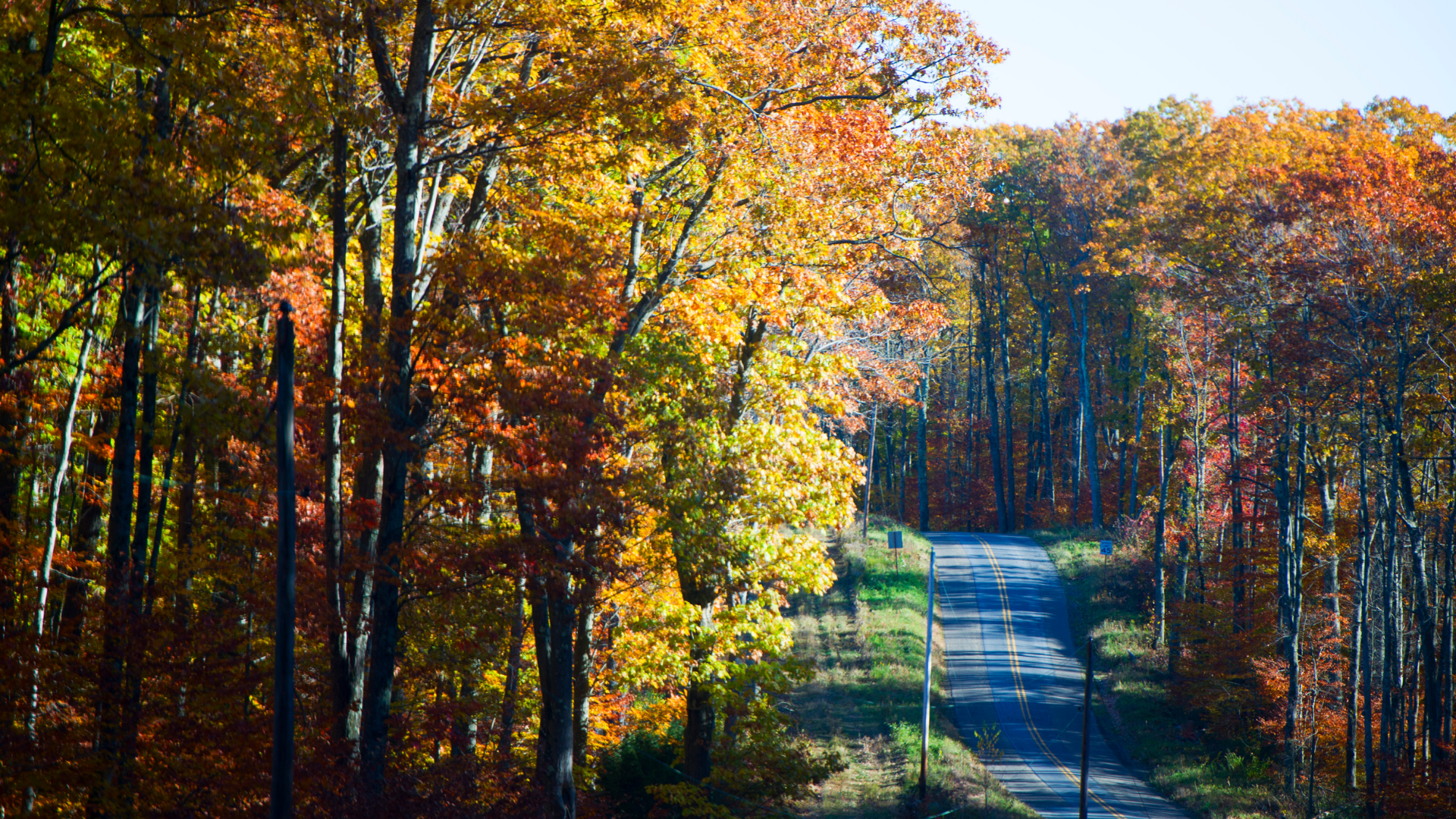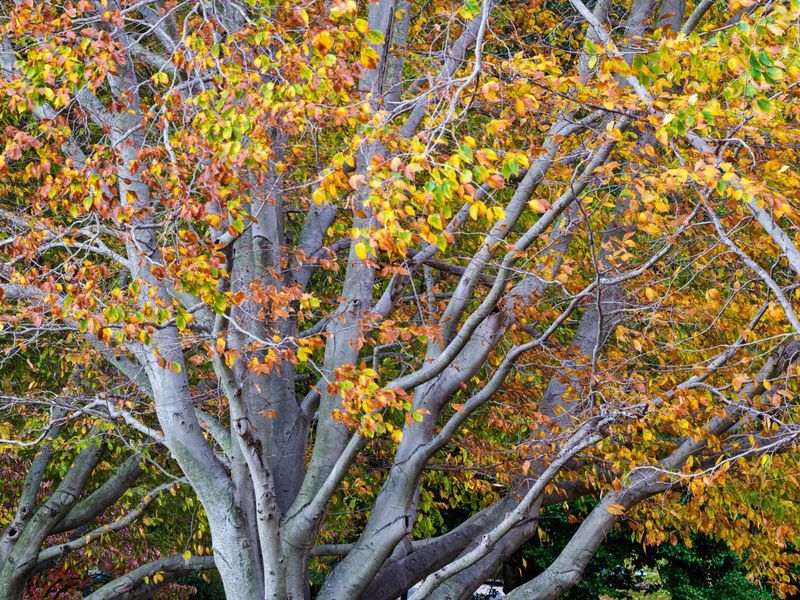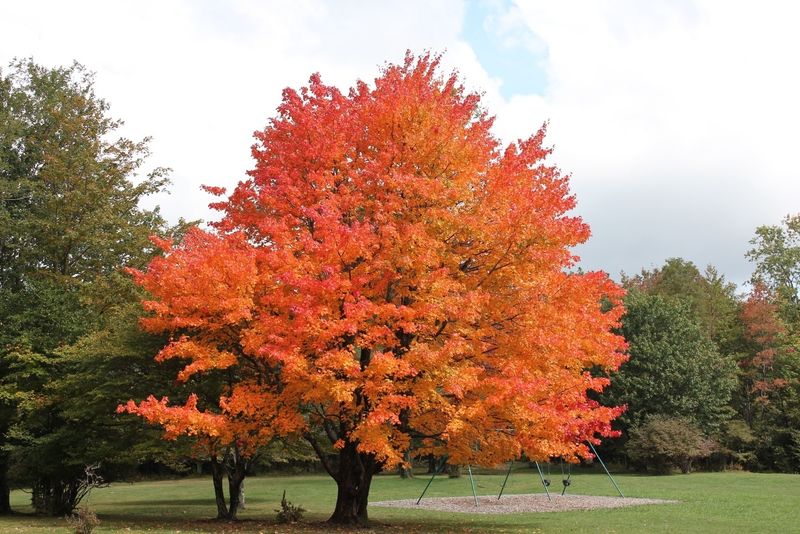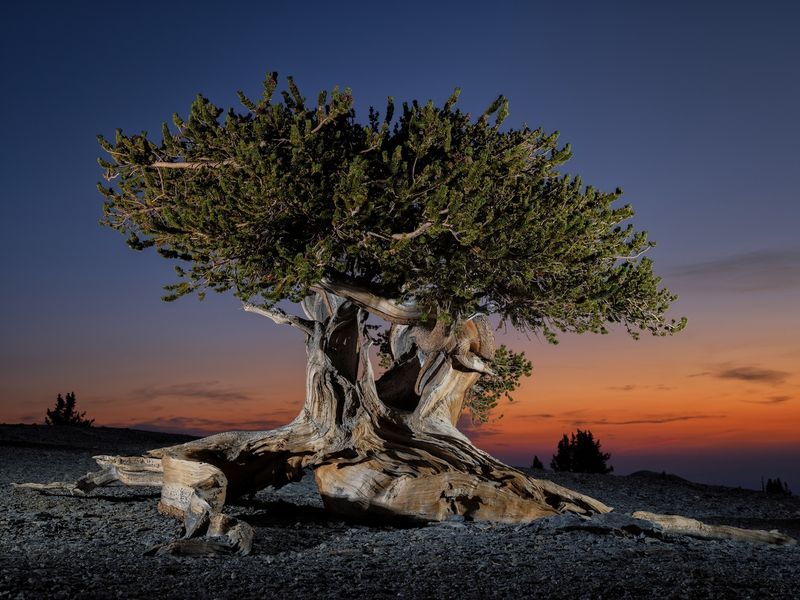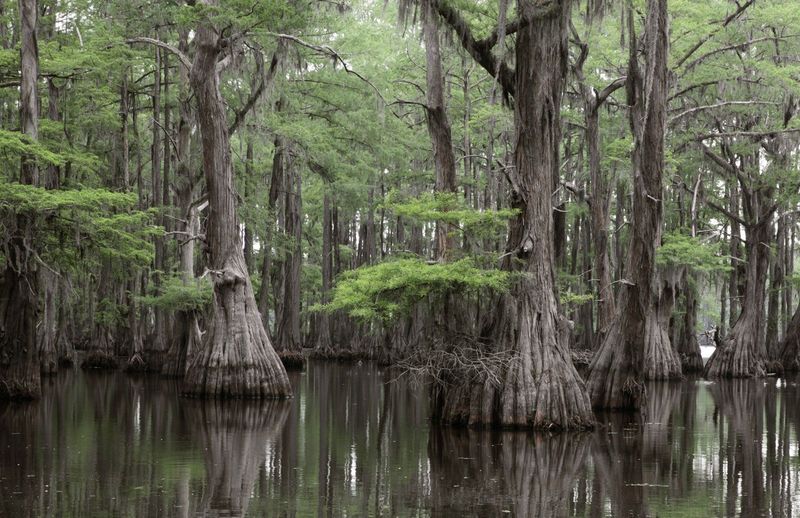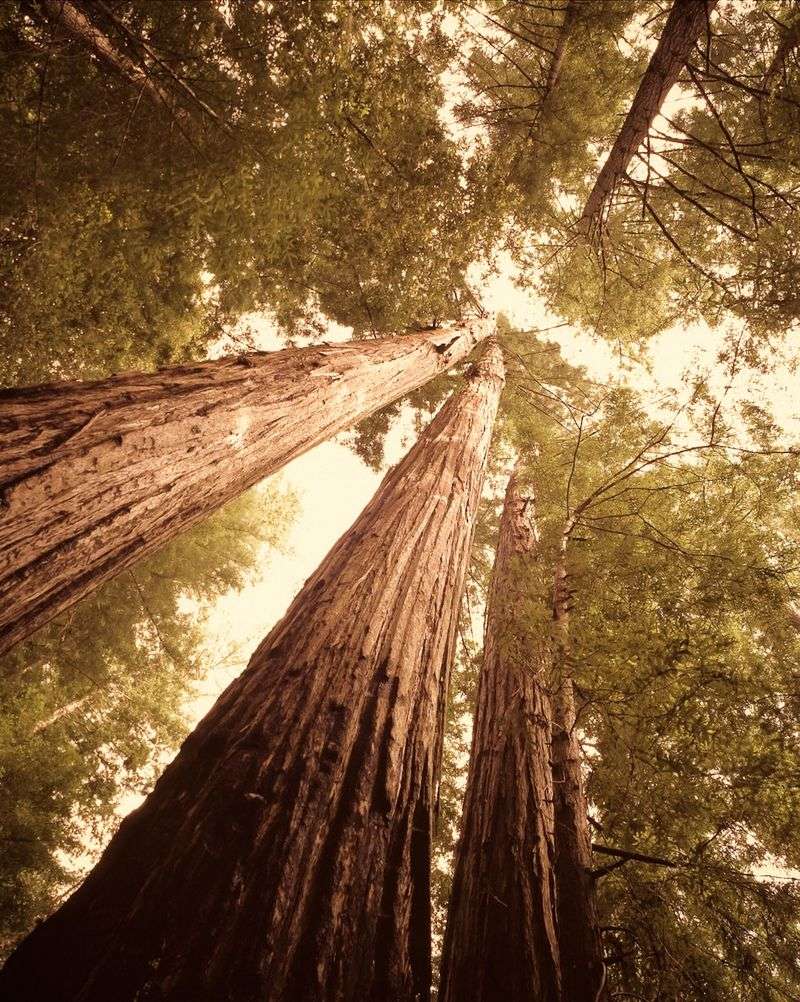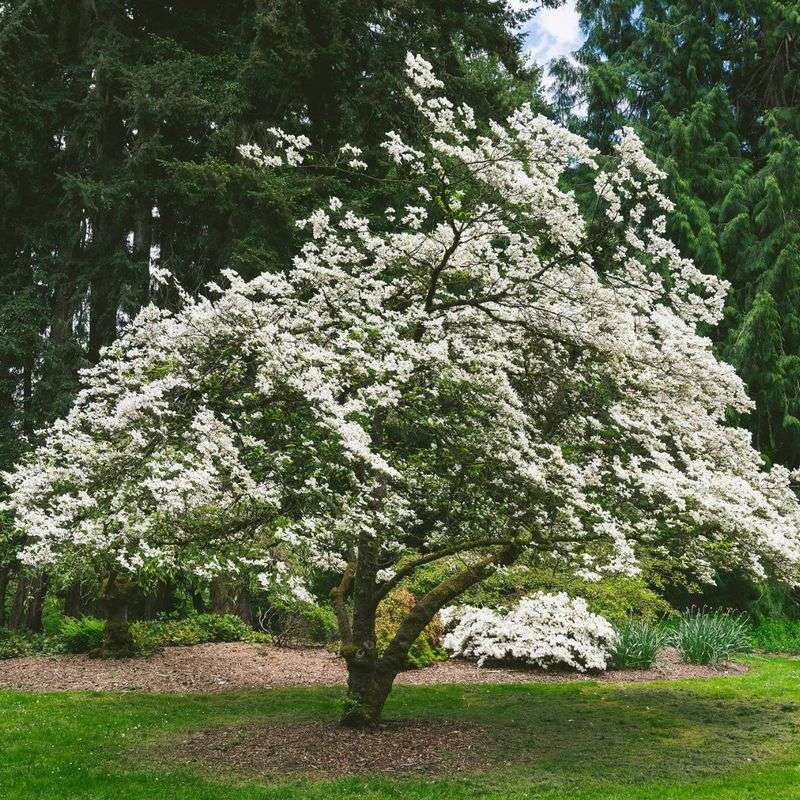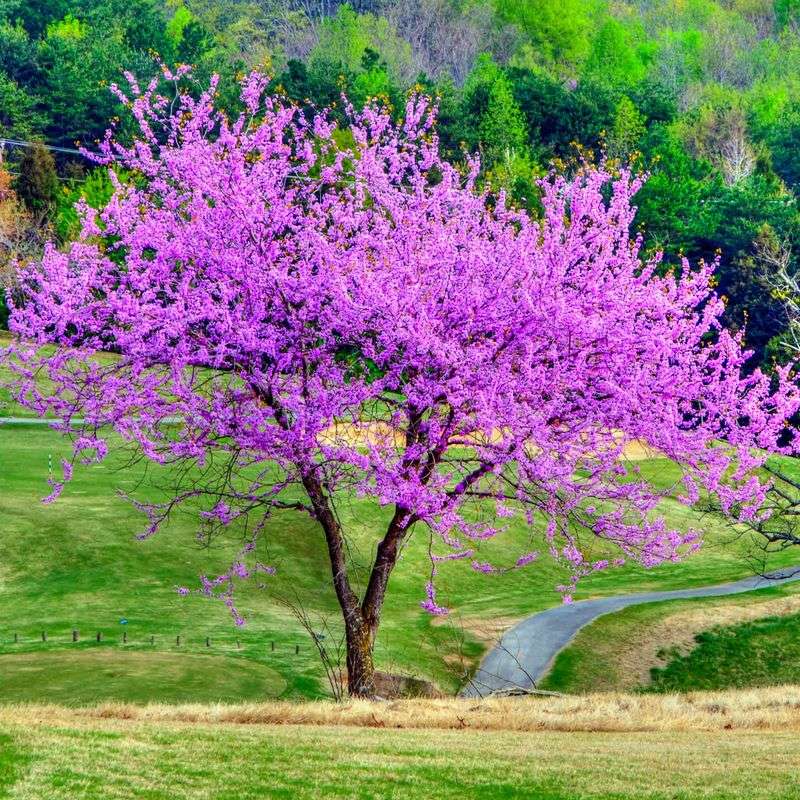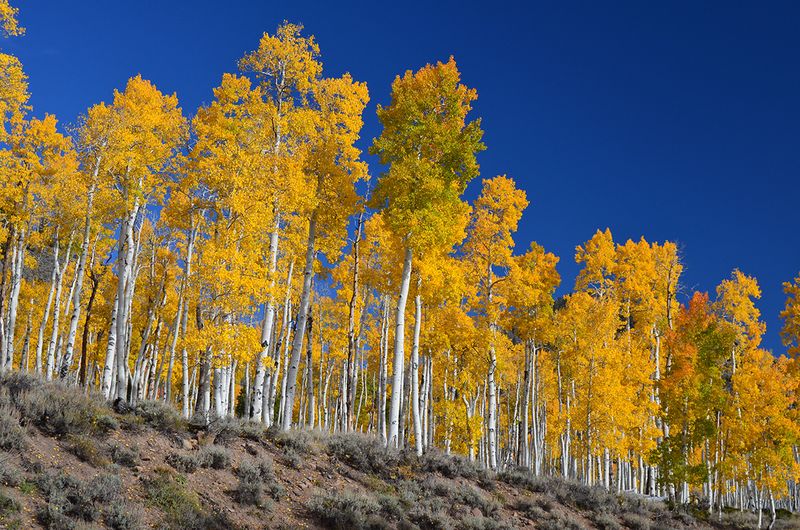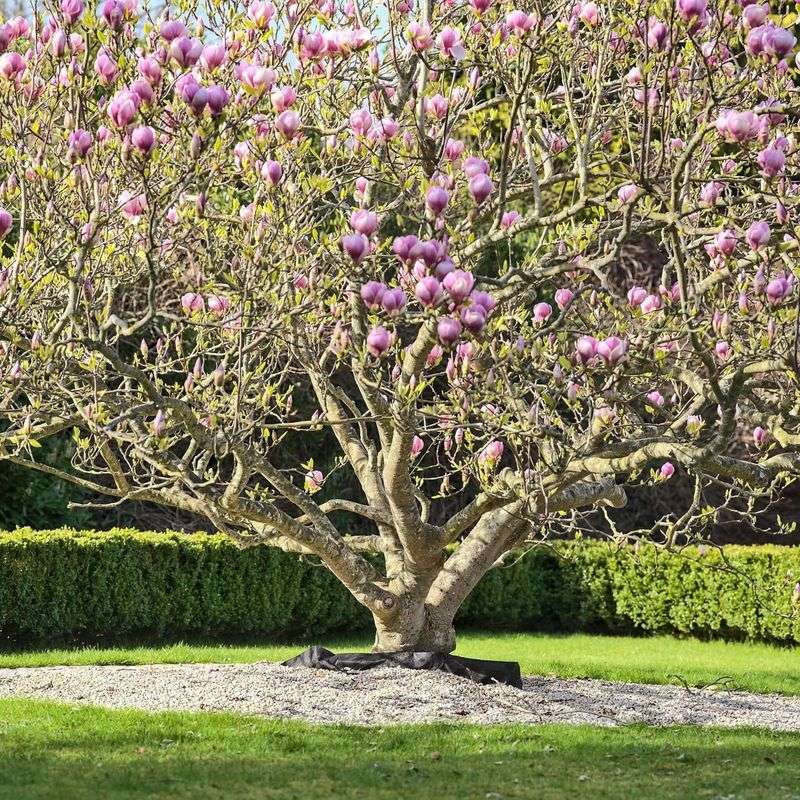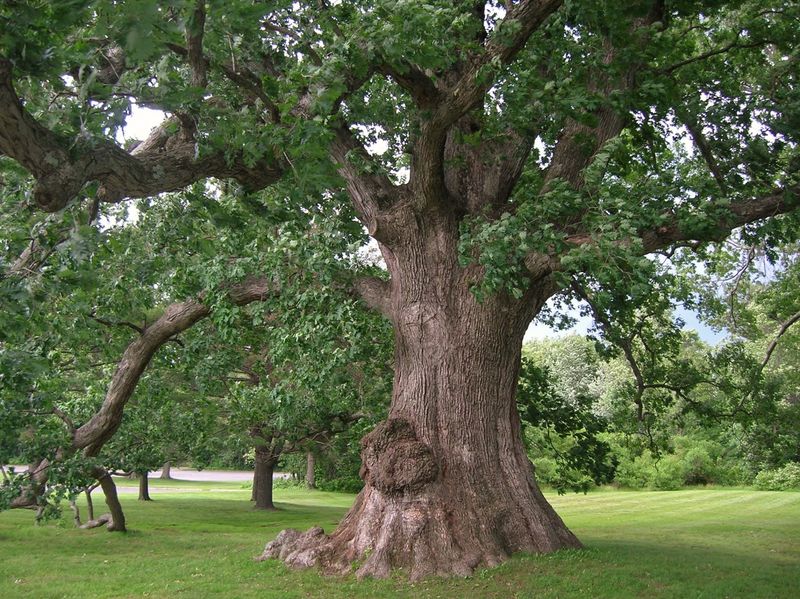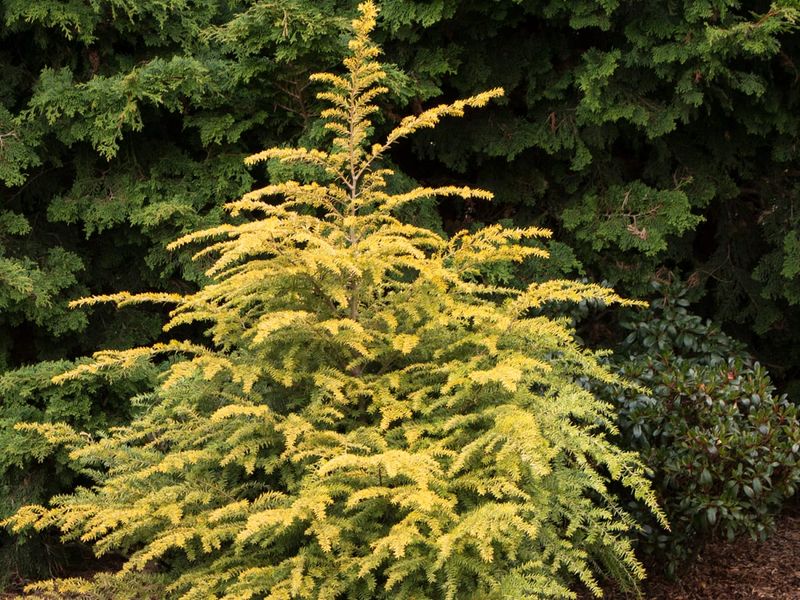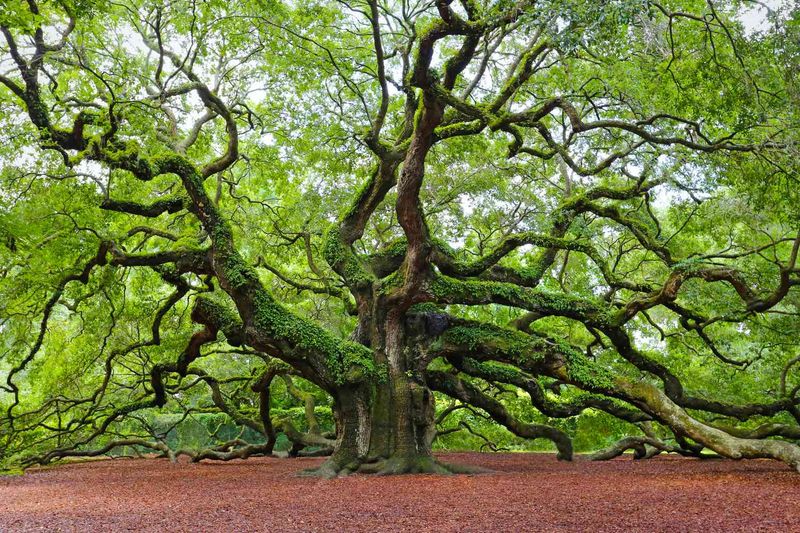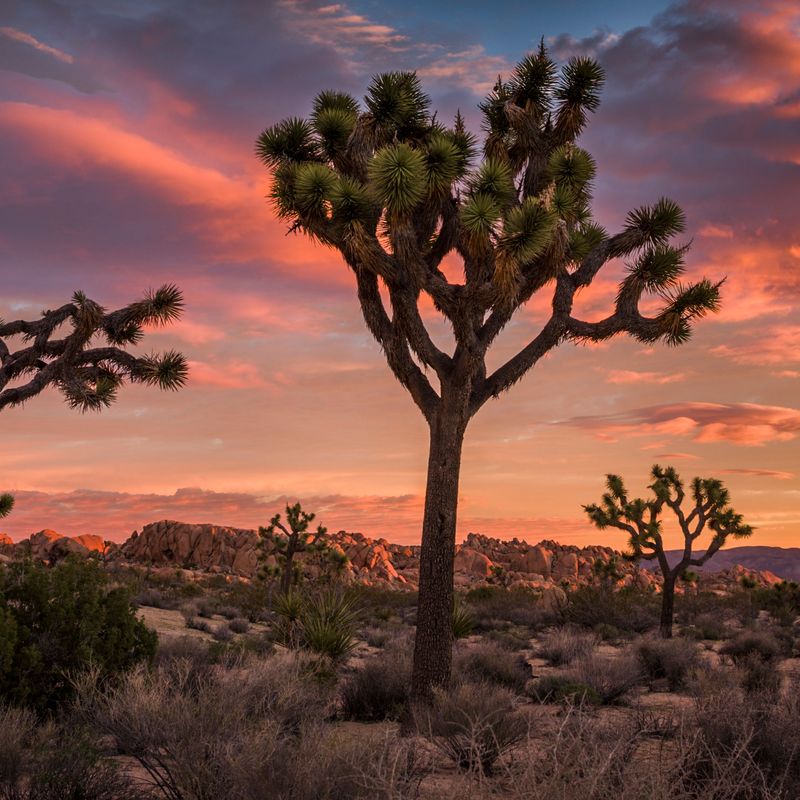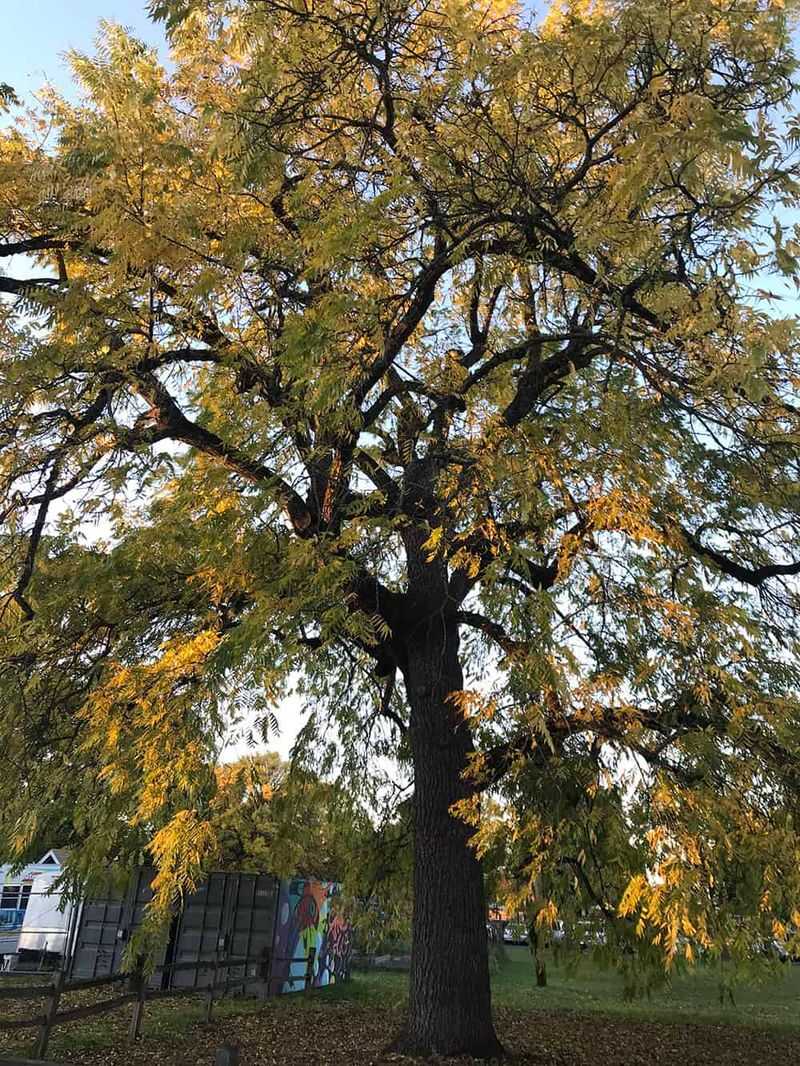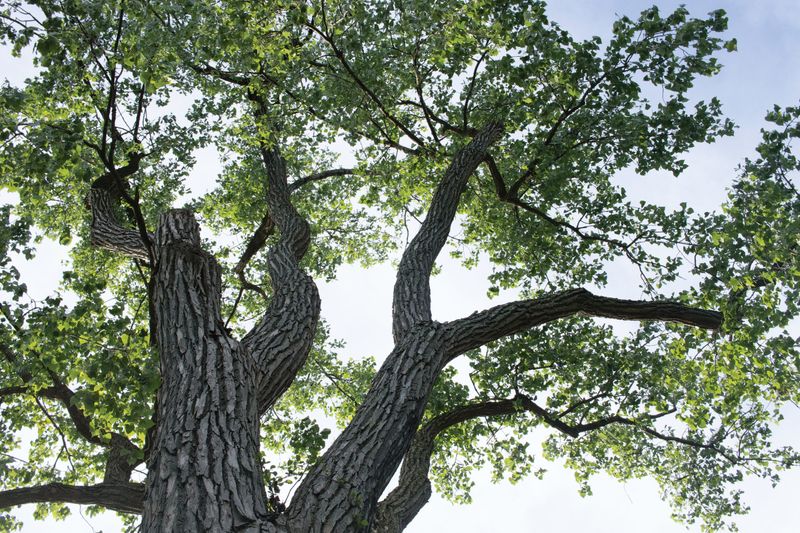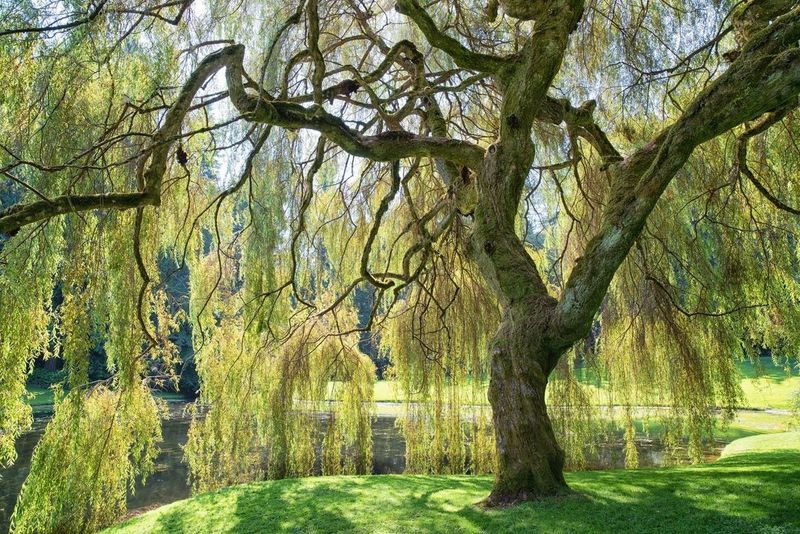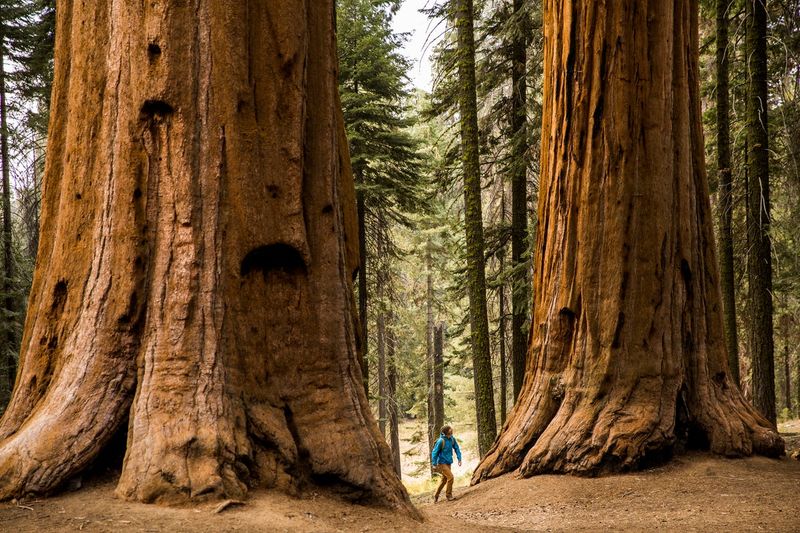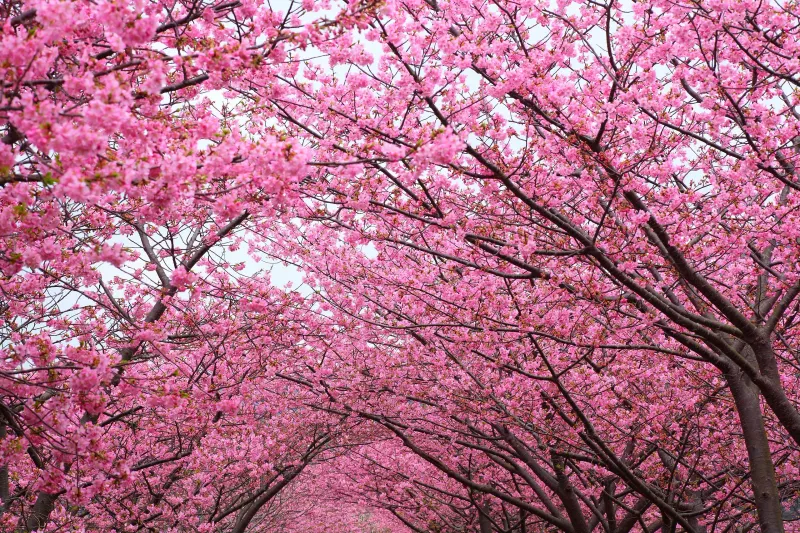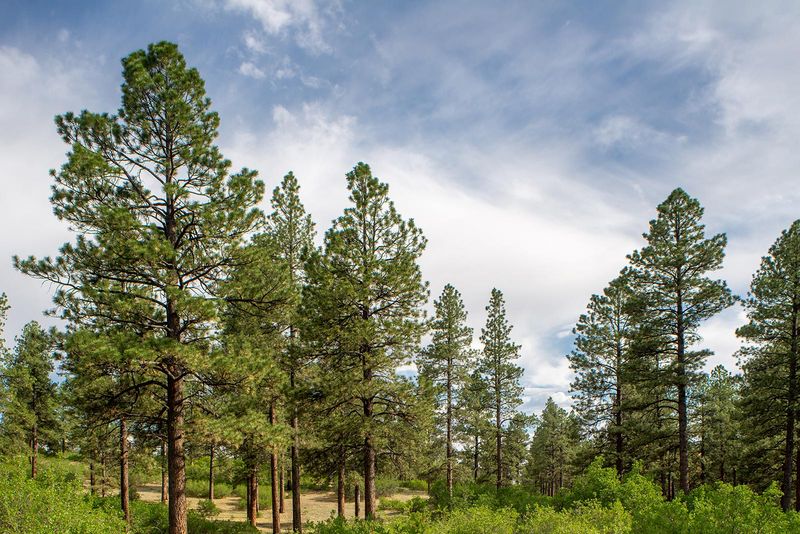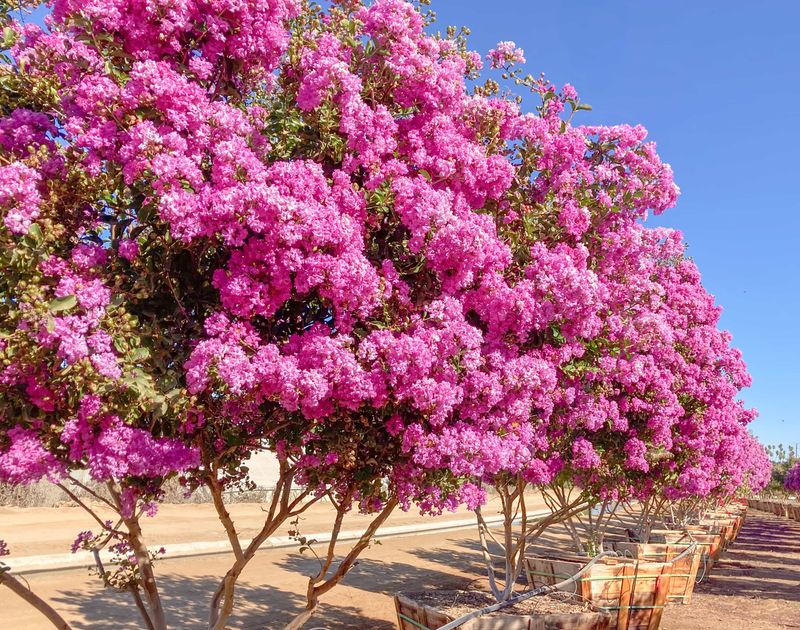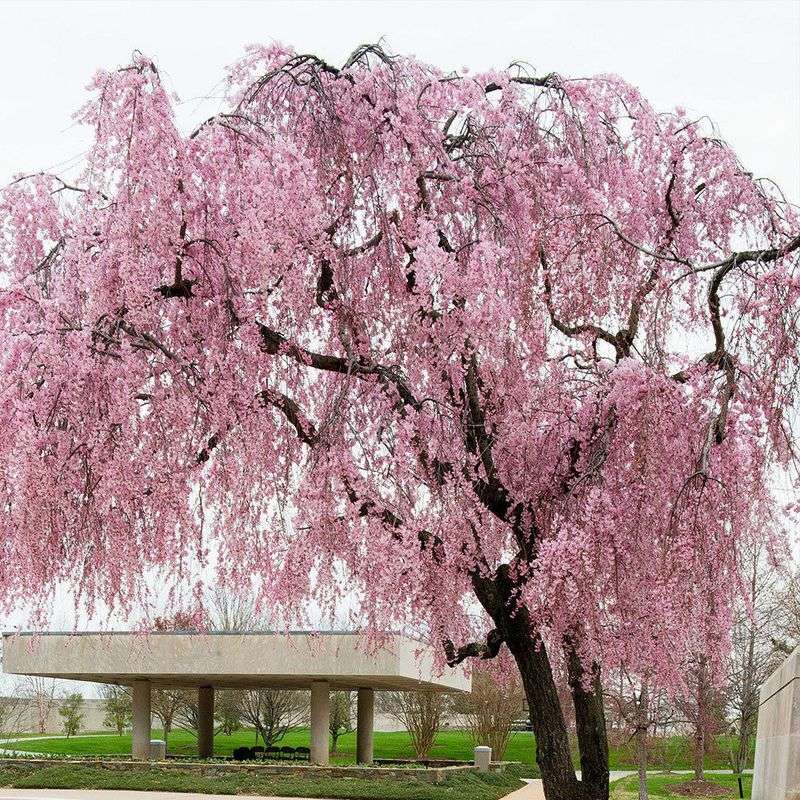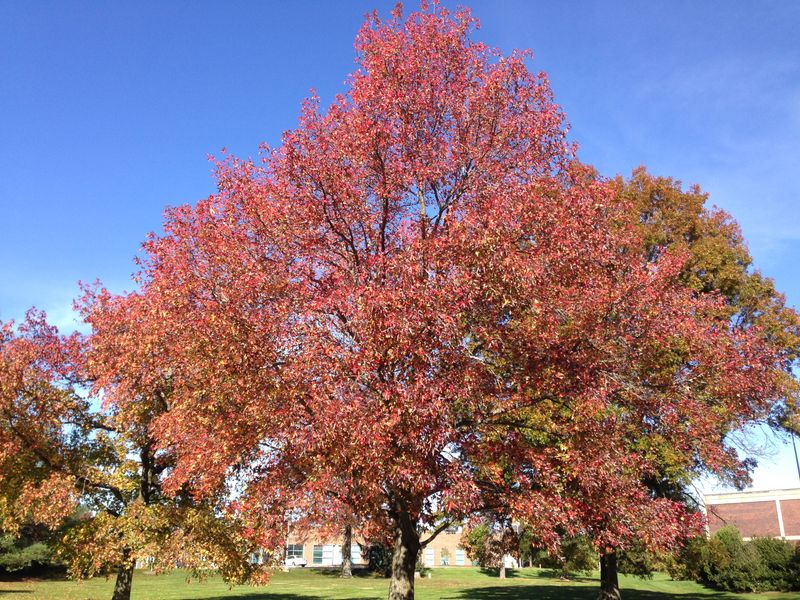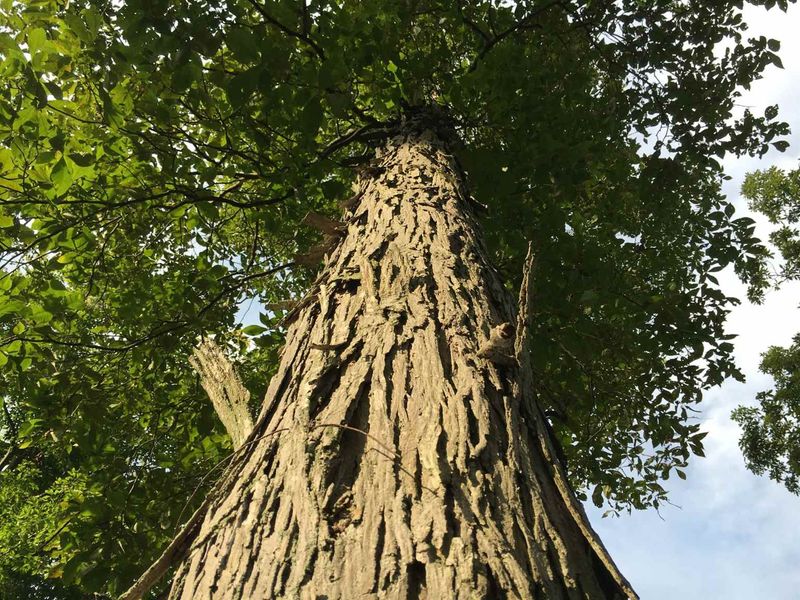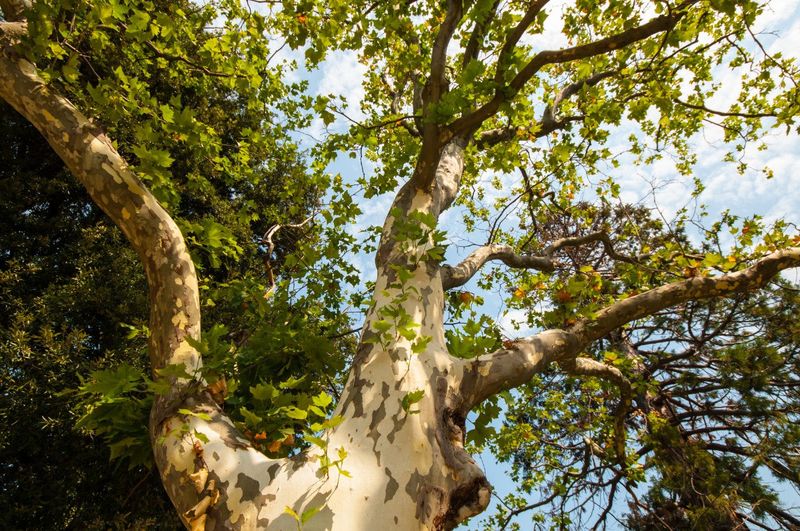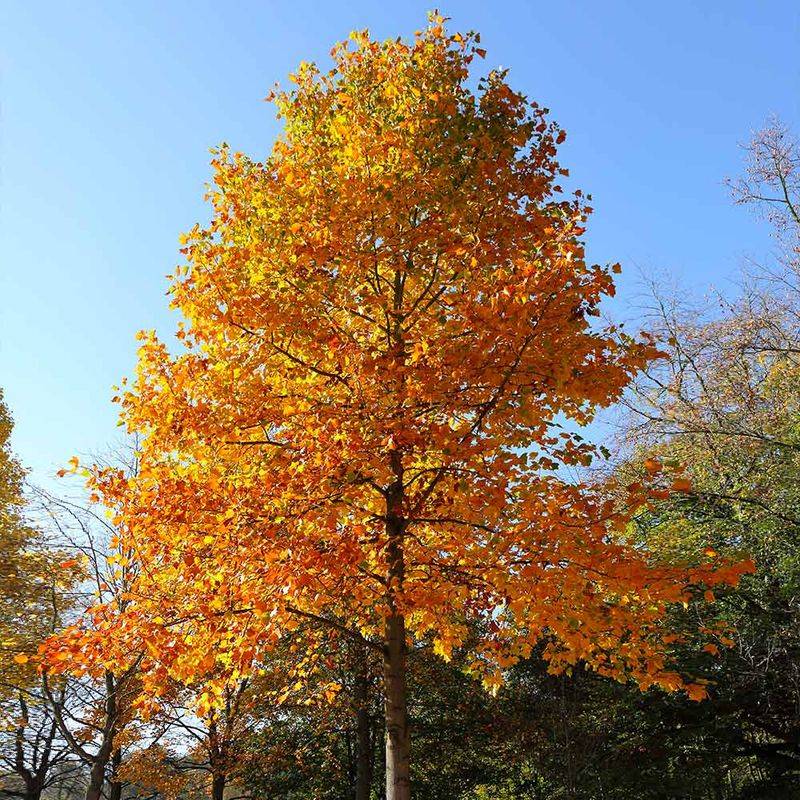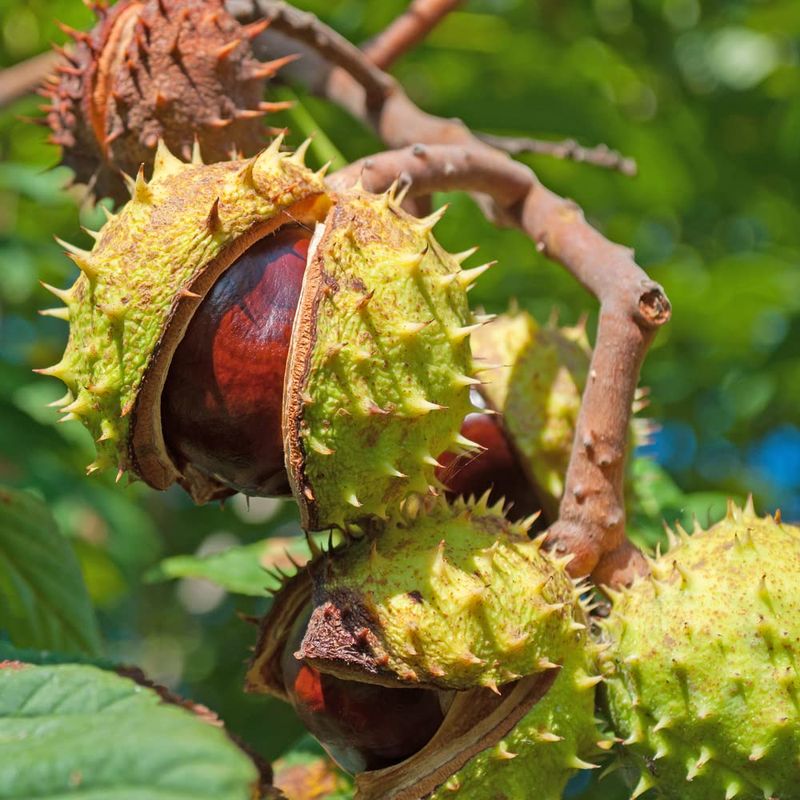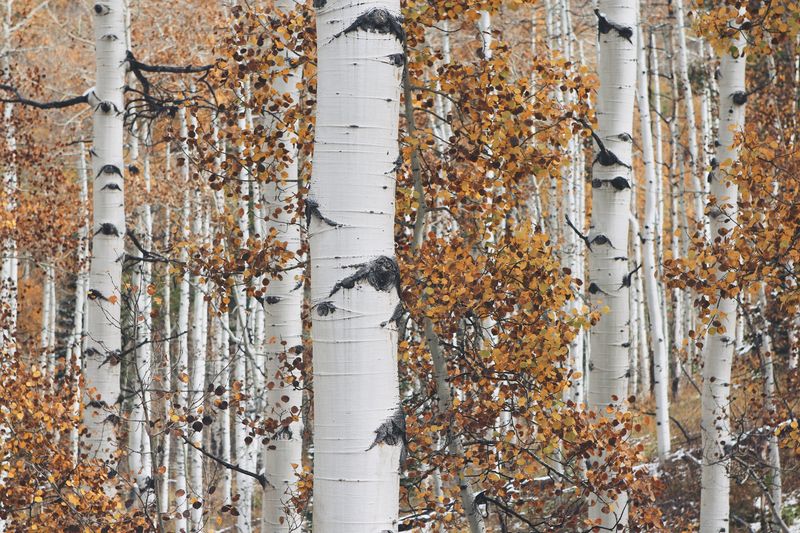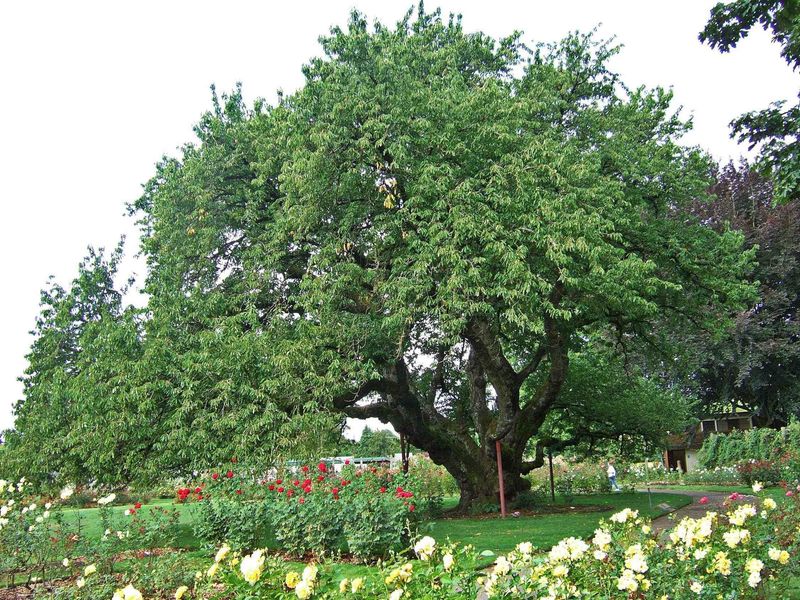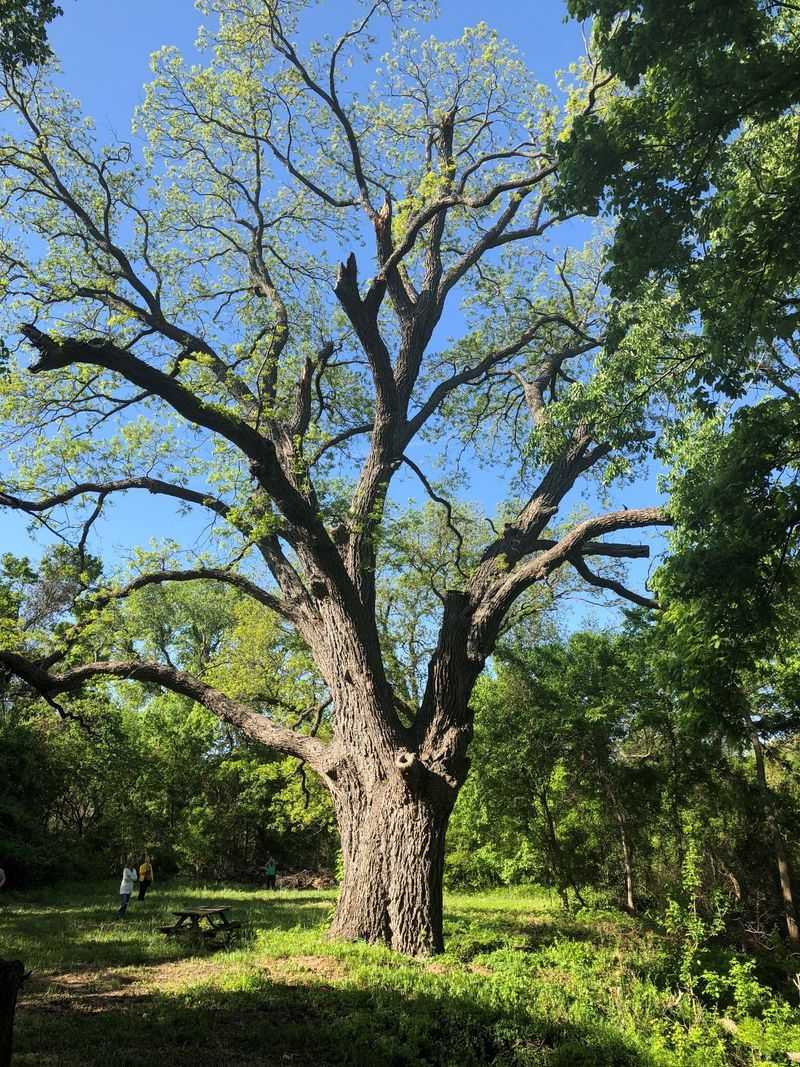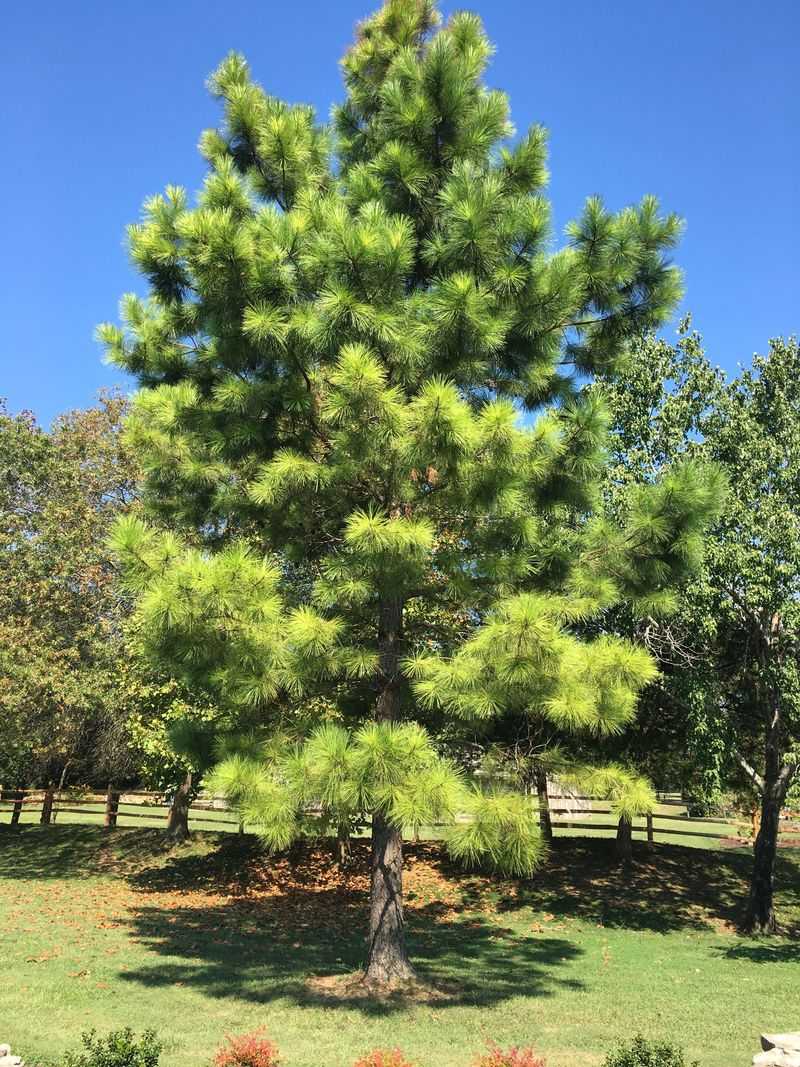Have you ever walked through a forest and felt like you’ve stepped into a real-life fairy tale? I remember the first time I stumbled upon a massive sequoia. It was so tall I couldn’t even fit it in a selfie!
That’s the magic of America’s trees. From towering giants that make you feel like an ant, to dainty blossoms that smell like they’ve been kissed by fairies, each tree tells a story.
So, let’s take this leafy adventure together and explore some of the most jaw-droppingly beautiful trees across the country. Trust me, you won’t want to miss meeting these nature’s wonders!
1. American Beech
Standing in the forest, one can feel the quiet wisdom of nature. The American Beech, with its smooth gray bark and lush canopy, offers a sense of timelessness.
Its unique bark doesn’t flake, creating almost a canvas for initials and love hearts from years past. In autumn, this tree throws on a coat of brilliant golden leaves.
The sound of its leaves rustling is reminiscent of gentle whispers. These trees often serve as homes for an array of birds, adding to the lively forest chorus.
2. Sugar Maple
Witnessing the colors of change is nothing short of awe-inspiring. The Sugar Maple dazzles every autumn with fiery reds and oranges, painting entire landscapes in warm hues.
It’s no wonder this tree is synonymous with fall. But it’s not just about looks. This tree gives us the sweet gift of maple syrup. Tapping these trees is both an art and tradition.
It’s a seasonal ritual that brings families together, where laughter punctuates the crisp air while collecting the sap.
3. Bristlecone Pine
In the high mountains, life’s resilience is evident. The Bristlecone Pine stands as a testament to time, with some specimens over 4,000 years old.
Its twisted and gnarled trunk tells stories of survival against harsh winds and barren soils. Despite its age, the tree thrives in seemingly impossible conditions.
The wood’s dense composition is key to its longevity, resisting decay over millennia. It’s as if each ring represents a chapter in Earth’s history, written in wood.
4. Bald Cypress
Amidst the swamp, there’s a certain mysterious allure. The Bald Cypress, with its “knees” peeking through the water, creates an enchanting scene.
These peculiar structures help the tree breathe, making it well-suited for its watery home. The visual drama is heightened by the draping Spanish moss, conjuring images of forgotten tales.
Its wood, resistant to rot, has been used to craft everything from boats to furniture. This tree is nature’s bridge between land and water.
5. California Redwoods
Walking among California Redwoods is a humbling experience I’ll never forget. Their towering presence made me feel tiny, like an ant beneath giants.
These majestic trees, the tallest on Earth, seem to touch the sky with ease. What struck me most is how they begin from tiny seeds, a true testament to nature’s power.
The fog rolling in from the Pacific creates a mystical atmosphere. It’s a surreal experience, one that leaves you feeling small but deeply connected to the natural world.
6. Dogwood
Springtime unveils a spectacle of blooms. The Dogwood tree, with its delicate white and pink flowers, decorates the landscape like nature’s confetti.
It’s a tree that announces the season’s arrival with elegance. Its blossoms aren’t just for show—they’re a source of nectar for pollinators.
A favorite in gardens, the Dogwood adds beauty and value to any yard. Its modest size makes it perfect for suburban settings, offering shade and charm.
7. Eastern Redbud
A splash of color appears even before the leaves do. The Eastern Redbud breaks the monotony of late winter with its pink blossoms sprouting directly from the branches.
It’s a delightful harbinger of warmer days. Not only are the flowers a visual treat, but they’re edible too. Redbud blossoms can garnish salads, adding a pop of color and a mild, sweet flavor.
In gardens, they serve as a stunning focal point, inviting admiration from neighbors.
8. Aspen
A walk through a grove feels like stepping into a painting. The Aspen trees, with their shimmering golden leaves and stark white bark, create a striking contrast against any backdrop.
They’re synonymous with the American West. Their leaves tremble with the slightest breeze, producing a calming rustle.
Aspens are connected by a shared root system, making them one of the largest living organisms on Earth. This interconnectedness is nature’s silent unity.
9. Magnolia
A fragrant aroma fills the air as spring unfolds. The Magnolia tree, with its showy blooms in whites and pinks, is a spectacle of elegance and fragrance. It’s a tree that commands attention in any garden.
The glossy leaves add a lush backdrop to the floral display. Magnolias are often symbols of the South, their blooms marking the onset of lazy afternoons.
Their timeless beauty makes them a favorite for those looking to make a statement in their landscape.
10. White Oak
Majestic and robust, the White Oak exudes strength. Its wide canopy provides generous shade in forests and parks alike, making it a beloved choice for large landscapes.
The leaves turn a warm russet in autumn, creating a seasonal spectacle. Its wood is prized for its durability and strength, often used in furniture and flooring.
The White Oak’s acorns are a food source for wildlife, sustaining creatures through the colder months. It’s a cornerstone of its ecosystem, supporting life around it.
11. Eastern Hemlock
In the heart of the forest, silence is golden. The Eastern Hemlock, with its conical shape and feathery needles, stands as a guardian of tranquility. Its presence is subtle, yet commanding.
This evergreen provides crucial habitat for many forest creatures, offering shelter and sustenance. Its wood, while not as durable as others, has been used for framing and in pulp production.
The Hemlock’s grace lies in its resilience to cold, a steadfast companion through the seasons.
12. Live Oak
I’ve always been enchanted by the Live Oak’s sprawling branches, reaching wide and low like an old friend offering a hug.
Walking under its canopy, draped in Spanish moss, feels like stepping into another world, especially in the South. These trees have an enduring strength, outliving many structures around them.
Their majestic limbs offer shade, perfect for escaping the summer heat. I can’t help but admire how these oaks stand strong against storms and time. True symbols of resilience and perseverance.
13. Joshua Tree
In the desert, resilience takes on a new form. The Joshua Tree, with its twisted branches reaching skyward, is an iconic symbol of the arid landscape.
It thrives in the harshest conditions, a testament to nature’s adaptability. Its unique shape has inspired artists and musicians alike, becoming a cultural icon.
These trees can live for hundreds of years, their slow growth a testament to patience. The Joshua Tree’s beauty lies in its ability to survive and thrive where few can.
14. Black Walnut
Among the tall tales of the forest, some stand firmer than others. The Black Walnut, with its wide canopy and dark bark, is a tree of substance and strength.
Known for its premium hardwood, this tree plays a significant role in timber production. Its nuts are a delight, both for wildlife and culinary enthusiasts.
Harvesting them is often a fond tradition, with families gathering to crack open the tough shells. The Black Walnut’s presence is one of quiet fortitude and productivity.
15. Cottonwood
By the riverbank, a gentle giant sways. The Cottonwood, known for its fluttering leaves, often stands sentinel near water. Its sound is a soothing lullaby, a natural soundtrack to serene moments.
These trees grow rapidly, reaching great heights with impressive girths. Their wood, though not the most durable, has been used for crafting and construction.
The Cottonwood’s adaptability to wet environments makes it a favorite in riparian landscapes.
16. Willow
Beside the pond, elegance takes root. The Weeping Willow, with its drooping branches, creates an ethereal curtain of green. It’s a tree that invites contemplation under its sweeping boughs.
These trees excel in wet environments, their roots often touching the water’s edge. They are often planted for their aesthetic appeal, adding character to gardens and parks.
The Willow’s beauty is a gentle reminder of nature’s grace and tranquility.
17. Sequoia
There’s something awe-inspiring about standing beneath a Sequoia. These giants are the largest living things by volume on Earth, their towering height and massive trunks making you feel like a mere ant.
I remember the first time I saw one. I couldn’t help but stare up, my neck craned, in sheer disbelief. The thick, spongy bark feels like a natural armor, allowing these trees to survive fires.
Their grandeur is a humbling reminder of nature’s unstoppable force and resilience. It’s like standing in the presence of a living legend.
18. Cherry Blossom
A canopy of pink heralds the arrival of spring. The Cherry Blossom, with its picturesque blooms, transforms landscapes into a wonderland.
It’s a fleeting beauty, with flowers lasting only a few weeks, making each moment precious. These trees are celebrated in festivals, symbolizing renewal and the transient nature of life.
Their blossoms are cherished for their fragrance and visual impact. The Cherry Blossom’s short-lived bloom is a poignant reminder to cherish every moment.
19. Ponderosa Pine
In the mountain air, a familiar scent wafts by. The Ponderosa Pine, with its towering trunk and long needles, is a staple of western forests.
Its bark, with a sweet vanilla scent, beckons passersby to take a deep breath. These trees provide critical habitat for wildlife, their branches offering shelter and their seeds nourishment.
The wood is valued for its strength, used in construction and furniture. The Ponderosa Pine’s scent is a signature of the rugged landscapes it inhabits.
20. Crape Myrtle
A splash of summer color, that’s hard to miss. The Crape Myrtle is known for its clusters of bright flowers. It’s a favorite for those looking to add a touch of drama.
Beyond its beauty, this tree is drought-tolerant which makes it suitable for many climates. Its bark, peeling to reveal a smooth layer beneath, adds intrigue year-round.
The Crape Myrtle’s vibrancy is matched only by its resilience and adaptability.
21. Flowering Cherry
A scene of delicate beauty unfolds in early spring. The Flowering Cherry, with its branches laden with pink blossoms, creates a fairytale landscape. These trees are often the stars of spring festivals and celebrations.
Their blossoms, while short-lived, are a symbol of life’s fleeting beauty. The Flowering Cherry adds a touch of romance to gardens and parks, their fragrance lingering in the air.
Each bloom is a reminder of the transient beauty we encounter every day.
22. Sweetgum
There’s no mistaking the Sweetgum tree in the fall. Its star-shaped leaves turn fiery reds and oranges, painting the landscape with vibrant hues.
Every season feels like a new art exhibit, but the autumn show is the real star. Beyond its stunning color transformation, Sweetgum trees have those spiky seed pods that make for a fun DIY project.
I’ve even used them to make a wreath once. Such a simple but creative way to bring nature inside. The Sweetgum tree is more than just pretty; it’s a seasonal celebration.
23. Hickory
In the woods, strength is a given. The Hickory tree is a pillar of resilience. Its wood is prized for its density and strength, often used in tool handles and furniture.
Hickory nuts are a treat, enjoyed by both wildlife and humans. Cracking them open is a challenge, but the reward is worth the effort.
The Hickory’s presence is a testament to endurance, withstanding both time and elements.
24. Sycamore
By the river, nature crafts a masterpiece. With its mottled bark and broad leaves, this tree casts a generous shade. Its unique bark peels away to reveal a patchwork of colors, adding visual interest.
These trees thrive in wet environments, often found lining waterways. The Sycamore’s wood is used in furniture and musical instruments, valued for its workability.
Its presence by the river is a reminder of nature’s artistry and adaptability.
25. Tulip Tree
The Tulip Tree stands tall, a true showstopper in any landscape. With its elegant tulip-like flowers and rapid growth, it captures the essence of grace.
I’ve always admired its striking beauty in spring, when the blooms peek through the canopy. Its wood is often used in cabinetry, showcasing both strength and elegance.
The Tulip Tree is more than just a pretty face; it’s a tree that adds character and grandeur to any yard. Every time I see one, I’m reminded of nature’s perfect balance of beauty and functionality.
26. Horse Chestnut
A majestic display of blooms heralds springtime. The Horse Chestnut is a sight to behold. This tree adds a touch of European charm to American landscapes.
Its distinctive leaves and large conkers make it a favorite among children and nature enthusiasts. The Horse Chestnut’s presence is both ornamental and functional, providing shade and beauty.
Its blooms are a showstopper, a highlight of the spring season.
27. Birch
In the forest, elegance is painted in white. The Birch tree stands out among the greenery. Its presence is very striking.
These trees are known for their adaptability, thriving in a variety of environments. Their bark has been used by indigenous peoples for crafting canoes and containers.
The Birch’s beauty is a blend of simplicity and functionality, a true testament to nature’s design.
28. Black Cherry
A tapestry of scents fills the air. The Black Cherry tree adds allure to any landscape with its glossy bark. Its clusters of small white flowers offer a sweet fragrance in spring.
These trees produce fruit that’s a favorite among birds and mammals. The Black Cherry’s wood is highly valued for its rich color and grain, often used in fine furniture.
Its presence is a blend of beauty and utility, a cherished tree in American forests.
29. Pecan
The Pecan tree always brings a sense of home to me, standing tall and steady, offering shade and a delicious bounty of nuts.
Every fall, I think back to family gatherings spent harvesting pecans, the smell of freshly baked pies in the air. Its trunk provides shelter, while the buttery nuts are perfect for everything from desserts to snacks.
The wood, too, is highly prized for its beauty and durability in furniture-making. For me, the Pecan tree isn’t just a tree—it’s a part of the tradition and charm of Southern life.
30. Loblolly Pine
In the piney woods, strength and grace combine. The Loblolly Pine is a common sight in southern forests. Its presence is a testament to resilience and growth.
These trees grow rapidly, becoming a primary source of timber in the region. The Loblolly Pine’s adaptability to various soils makes it a versatile choice for reforestation.

